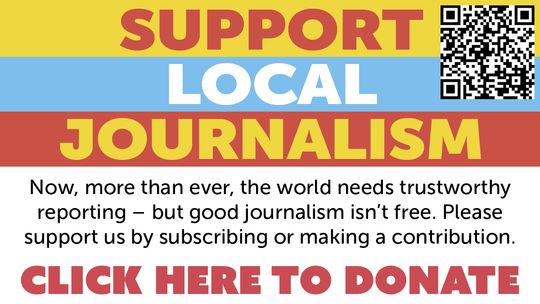This past Sunday marked the first day of Pride Month — an annual month-long celebration in which cities across the world erupt with vibrant colors, parades, and tributes to the LGBTQ+ community’s fight for equality, dignity, and visibility. Pride is rooted in protest and its meaning continues to evolve each year. In 2025, Pride Month is more than a commemoration; it is a vital reflection of progress, a call to action, and a powerful expression of identity in a world where LGBTQ+ rights are still contested.
The first Pride Month celebrations were in New York City on June 28, 1970, on the one year anniversary of the Stonewall Uprising. In 1969, LGBTQ+ patrons at the Stonewall Inn in New York resisted a police raid which sparked days of protest and ignited the modern LGBTQ+ rights movement. Today, while Pride events often include joyful celebrations, their foundation is built on resistance and advocacy.
In 2025 the struggle still continues. Around the world more than 60 countries still criminalize same-sex relationships and marriage. Trans people face increasing barriers to healthcare and legal recognition and hate crimes against queer individuals remain a constant grave concern.
These hate crimes and anti-LGBTQ+ movements are aimed at making people believe that queer people are deviants and the enemy when it is quite simply the exact opposite. Those who are a part of the LGBTQ+ community just want the right to live and exist as they are without fearing for their wellbeing. We can’t forget that America was built as a diverse melting pot of culture and identities.
And on that point, one of the most important evolutions of Pride Month has been the growing embrace of intersectionality, or the idea that race, gender, class, and sexuality are interconnected. Pride has been increasingly centering the voices of queer people of color, disabled individuals, and others whose experiences are often sidelined. This inclusivity strengthens the movement. It ensures that Pride does not only represent the most visible or privileged among the LGBTQ+ community, but also the most vulnerable. It pushes society to confront how different forms of discrimination compound on each other.
Over the past few decades, the LGBTQ+ movement has achieved monumental progress, from marriage equality to anti-discrimination protections. However, that progress has been met with intense backlash. According to the American Civil Liberties Association (ACLU), as of May 23 there have been more than 588 bills introduced this year that target the rights of LGBTQ+ people. Legislation and rhetoric targeting transgender youth and drag performers in particular has swept through the United States and several other countries.
This backlash proves that the work is far from over. Pride Month is not a relic of the past but a necessity of the present. It’s a celebration of how far the LGBTQ+ community has come, and an acknowledgment of how far we still have to go. In an era marked by political polarization, misinformation, and renewed attacks on queer and trans people, Pride Month functions as a rallying point for those who believe in equality and justice. It reminds us that rights once gained are not guaranteed, and that solidarity, activism, and community remain essential.








